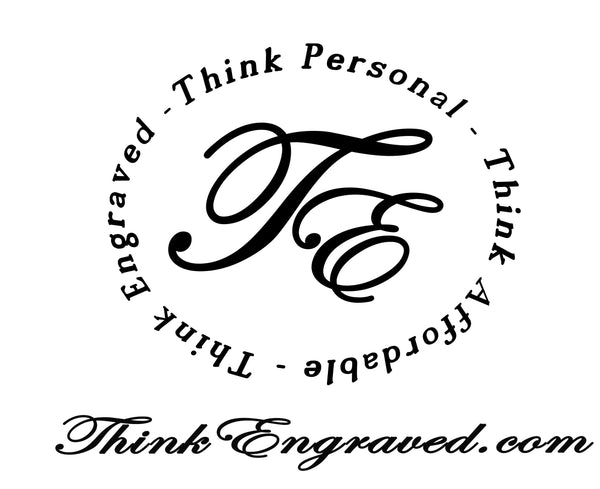So what are the Claddaghs rings origins?
The name "Claddagh ring" was not used before the 1830s. Although there are various myths and legends around the origin of the Claddagh ring, it is almost certain that it originated in or close to the small fishing village of Claddagh in Galway.
There are many legends about the origins of the ring, particularly concerning Richard Joyce a silversmith from Galway circa 1700, who is said to have invented the Claddagh design as we know it. Legend has it that Joyce was captured and enslaved by Algerian Corsairs around 1675 while on a passage to the West Indies. He was sold into slavery to a Moorish goldsmith who taught him the craft. King William III sent an ambassador to Algeria to demand the release of any and all British subjects who were enslaved in that country, which at the time would have included Richard Joyce. After fourteen years, Joyce was released and returned to Galway and brought along with him the ring he had fashioned while in captivity: what we've come to know as the Claddagh. He gave the ring to his sweetheart, married her, and became a goldsmith. His initials are in one of the earliest surviving Claddagh rings, but there are three other rings also made around that time, bearing the mark of goldsmith Thomas Meade.
Knowledge of the ring and its customs spread within Ireland and Britain during the Victorian period, and this is when its name became established. Galway jewelers began to market it beyond the local area in the 19th century. Further recognition came in the 20th century.
So what does the Claddagh ring stand for?
The Claddagh's distinctive design features two hands clasping a heart and usually surmounted by a crown. These elements symbolize the qualities of love (the heart), friendship (the hands), and loyalty (the crown). A Fenian Claddagh ring, without a crown, is a slightly different take on the design but has not achieved the level of popularity of the crowned version. Claddagh rings are relatively popular among the Irish and those of Irish heritage, such as Irish Americans, as cultural symbols and as friendship, engagement and wedding rings.
While Claddagh rings are sometimes used as friendship rings, they are most commonly used as engagement and wedding rings. Mothers sometimes give these rings to daughters when they come of age. There are several mottos and wishes associated with the ring, such as: "Let love and friendship reign.” In Ireland, the United States, Canada, and other parts of the Irish diaspora, the Claddagh is sometimes handed down mother-to-eldest daughter or grandmother-to-granddaughter.
According to Irish author Colin Murphy, a Claddagh ring was worn with the intention of conveying the wearer's relationship status:
- On the right hand with the point of the heart toward the fingertips: the wearer is single and may be looking for love.
- On the right hand with the point of the heart toward the wrist: the wearer is in a relationship.
- On the left hand with the point of the heart toward the fingertips: the wearer is engaged.
- On the left hand with the point of the heart toward the wrist: the wearer is married.
There are other legends about the meanings and positions in which to write this ring but they are localized and very only slightly.
Did you enjoy this story?
Try History of the Valentine's day card
or


